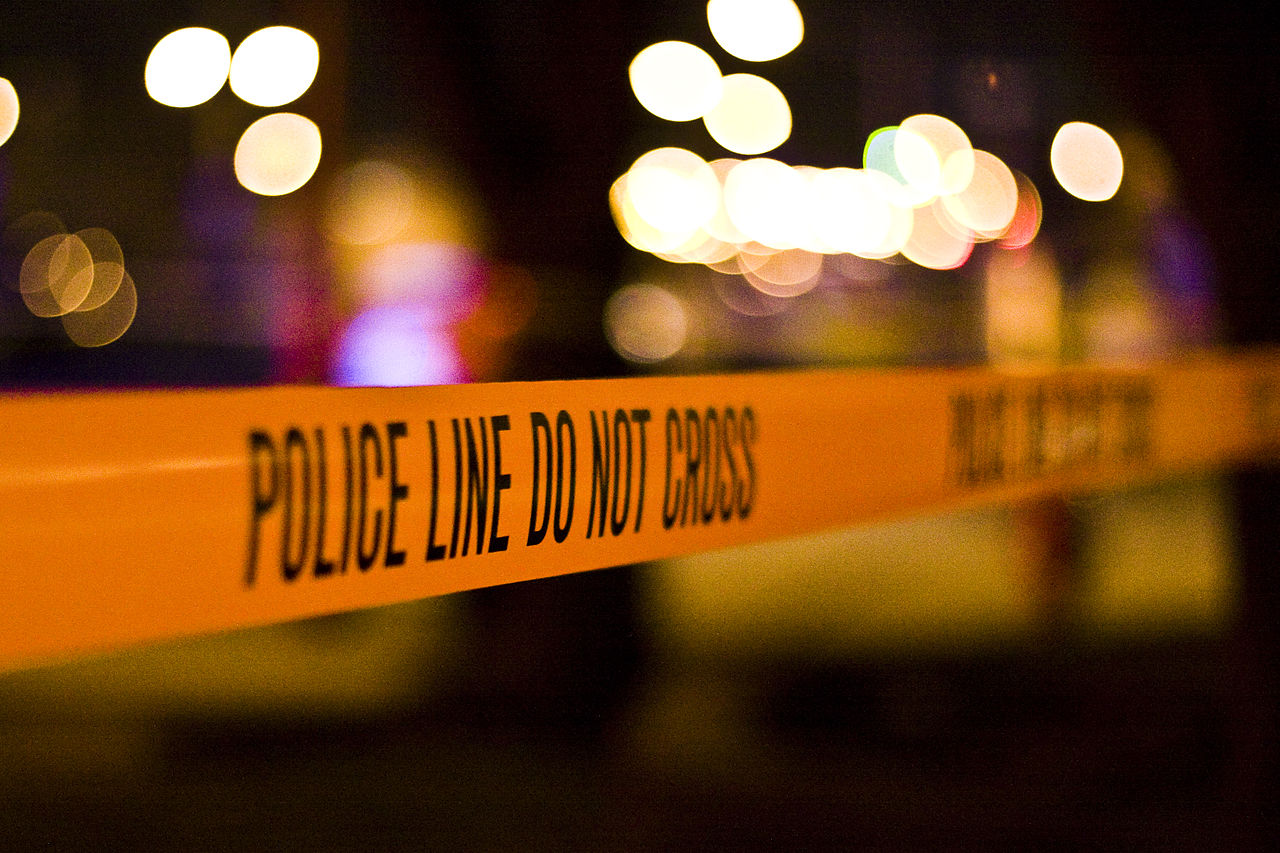Federal district court blocks enforcement of Indiana’s police ‘buffer zone’ law

A federal district court in Indiana has blocked the state from enforcing a law that makes it a crime to approach within 25 feet of a law enforcement officer after being told to stop, finding the law unconstitutionally vague.
In an opinion issued last Friday, Judge James R. Sweeney II of the U.S. District Court for the Southern District of Indiana sided with arguments made by attorneys from the Reporters Committee for Freedom of the Press in a lawsuit filed last year on behalf of a coalition of journalism and news organizations. The judge concluded that the police “buffer zone” law violates the Fourteenth Amendment because it fails to specify what kinds of behavior by a journalist or other member of the public might prompt an officer to issue an order to stay back.
“Simply being within twenty-five feet of a police officer is not a crime, and indeed, important First Amendment rights are regularly exercised within twenty-five feet of law enforcement every single day,” Judge Sweeney wrote.
“This ruling is a huge win for press freedom,” said Katie Townsend, the Reporters Committee’s deputy executive director and legal director. “Police buffer zone laws like the one in Indiana are clearly unconstitutional, and we are glad that the district court has agreed to block its enforcement. The government cannot be permitted to criminalize newsgathering and prevent journalists from informing the public.”
Gov. Eric Holcomb signed the police buffer zone law in April 2023. The law, which went into effect three months later, is broad in scope and does not require that dispersal orders be tailored in any way to accommodate the First Amendment right to document law enforcement activity. It also authorizes officers to issue a dispersal order even if an individual’s presence does not obstruct the officer in the performance of their duties or pose any other safety risk.
On behalf of the Reporters Committee, The E.W. Scripps Company, Indiana Broadcasters Association, Indiana Professional Chapter of the Society of Professional Journalists, Indianapolis Star, Nexstar Media Inc., and TEGNA Inc., RCFP attorneys sued Indiana’s attorney general, the Marion County prosecutor, and the Marion County sheriff last year, alleging that the law violates the First and Fourteenth Amendments. The lawsuit asked the court to hold that Indiana’s law is unconstitutional and to block the state from enforcing it.
Attorneys from the Reporters Committee and Sternberg Naccari & White LLC have since filed a separate lawsuit on behalf of a media coalition challenging a nearly identical police buffer zone law passed in Louisiana. That case is ongoing.
In the Indiana case, the media coalition offered specific examples showing how the state’s police buffer zone law has restricted journalists’ ability to report the news. Journalists also expressed concerns about complying with orders to retreat 25 feet when reporting in large crowds.
In his ruling, which denied the Indiana attorney general’s motion to dismiss the case, Judge Sweeney wrote that he was “unpersuaded” by the attorney general’s argument that the media coalition has not established that the law will be enforced against them. As the judge explained, “Plaintiffs have produced evidence that their journalists have been asked to move back by law enforcement officers while gathering news, thus establishing that their fear of enforcement is well-founded.”
While Judge Sweeney briefly addressed the First Amendment concerns posed by the buffer zone law, his ruling mostly centered on the Fourteenth Amendment and arguments that the law is unconstitutionally vague. The judge noted, for instance, that the law does not offer police officers guidance to help them determine under what circumstances someone should be told to move back, “leaving it susceptible to arbitrary and discretionary enforcement.”
Without such guidance, Judge Sweeney wrote, “an officer can order reporters and others to move back simply because the officer does not want to be recorded, an unacceptable curtailment of First Amendment rights.”
Judge Sweeney’s ruling came months after a different federal district judge in Indiana concluded in a separate case that the buffer zone law does not violate the Constitution. The American Civil Liberties Union, which brought the separate challenge to the law on behalf of a man who records police encounters for his YouTube channel, has since appealed that judge’s decision to the U.S. Court of Appeals for the Seventh Circuit.
The Reporters Committee regularly files friend-of-the-court briefs and its attorneys represent journalists and news organizations pro bono in court cases that involve First Amendment freedoms, the newsgathering rights of journalists and access to public information. Stay up-to-date on our work by signing up for our monthly newsletter and following us on Twitter or Instagram.